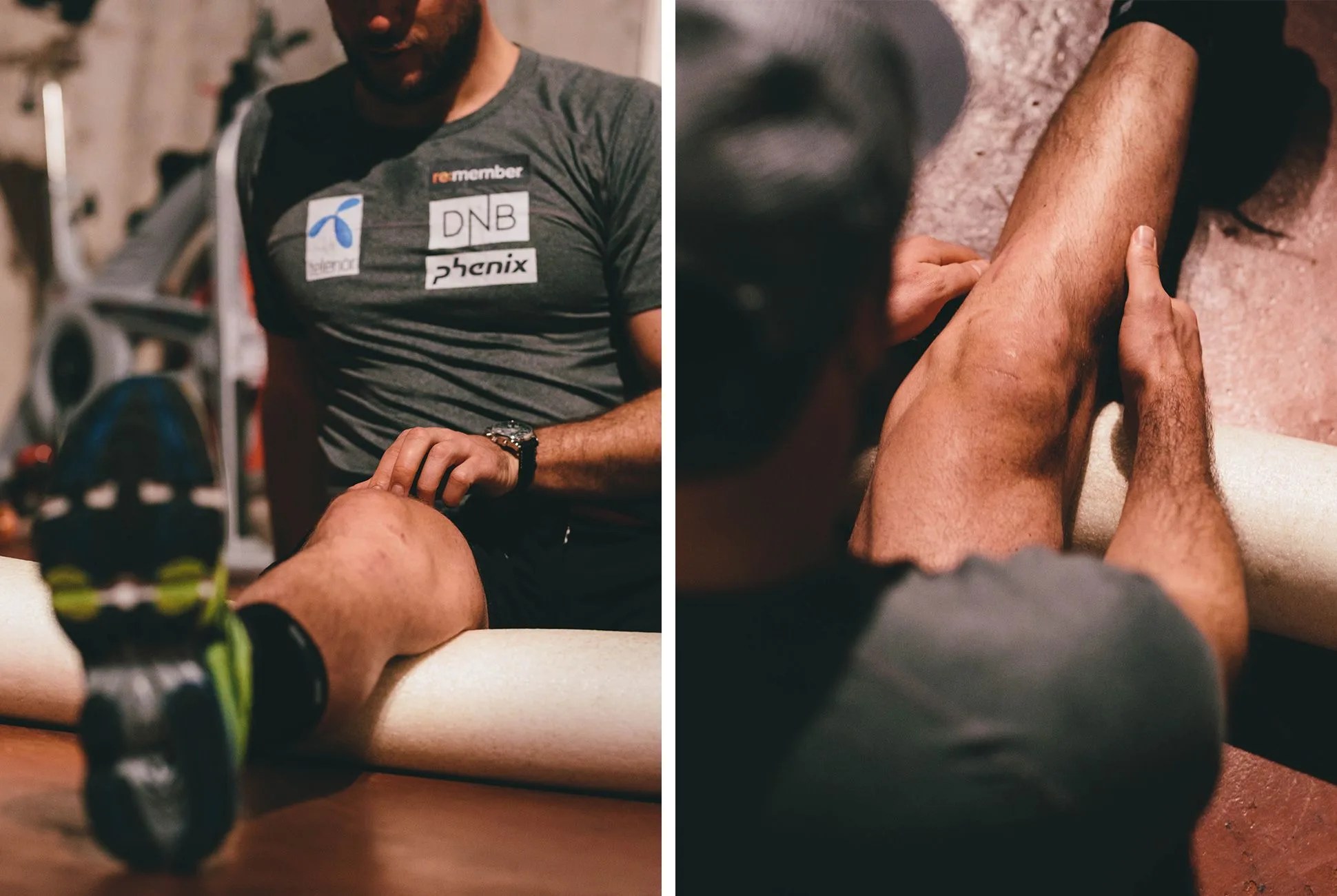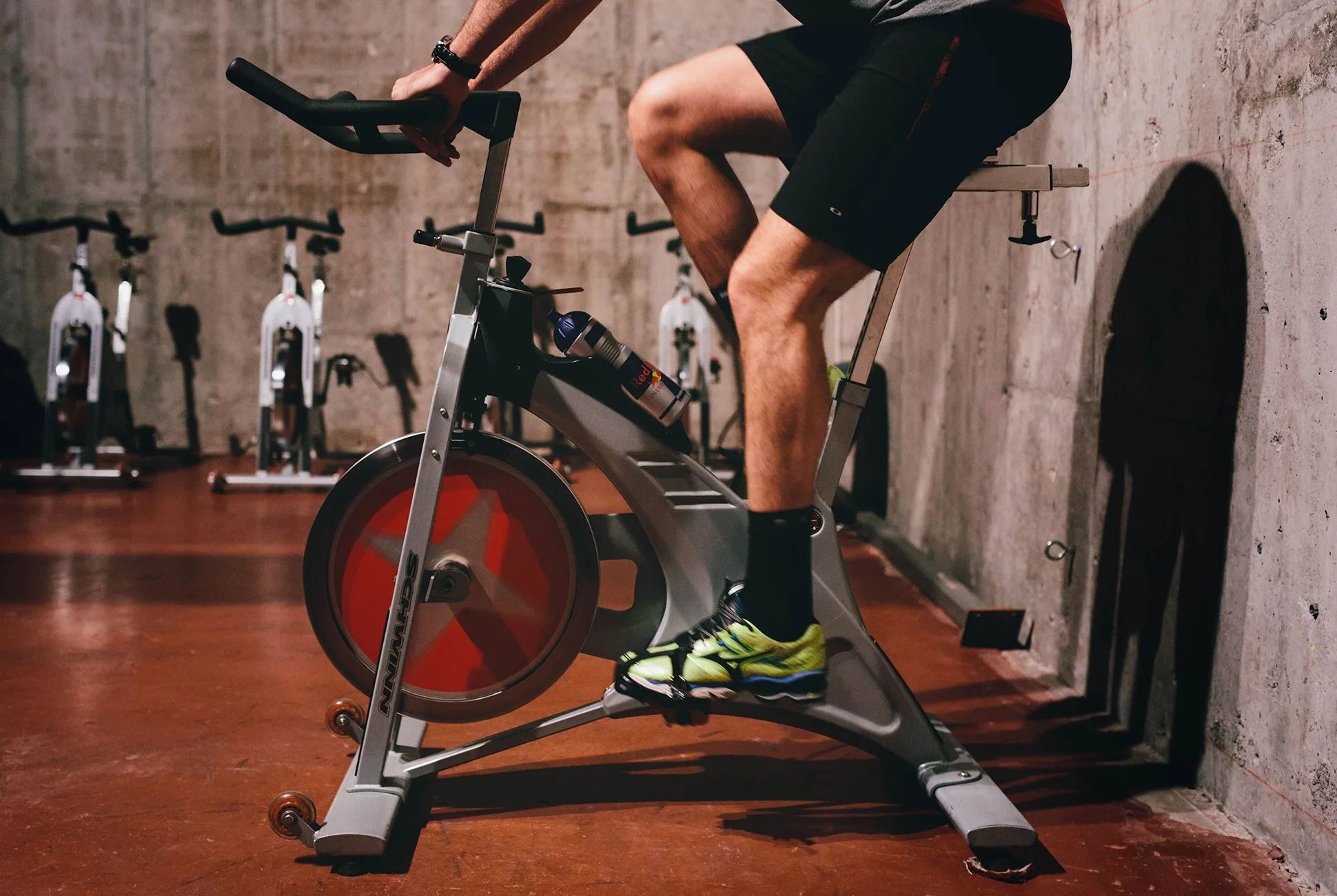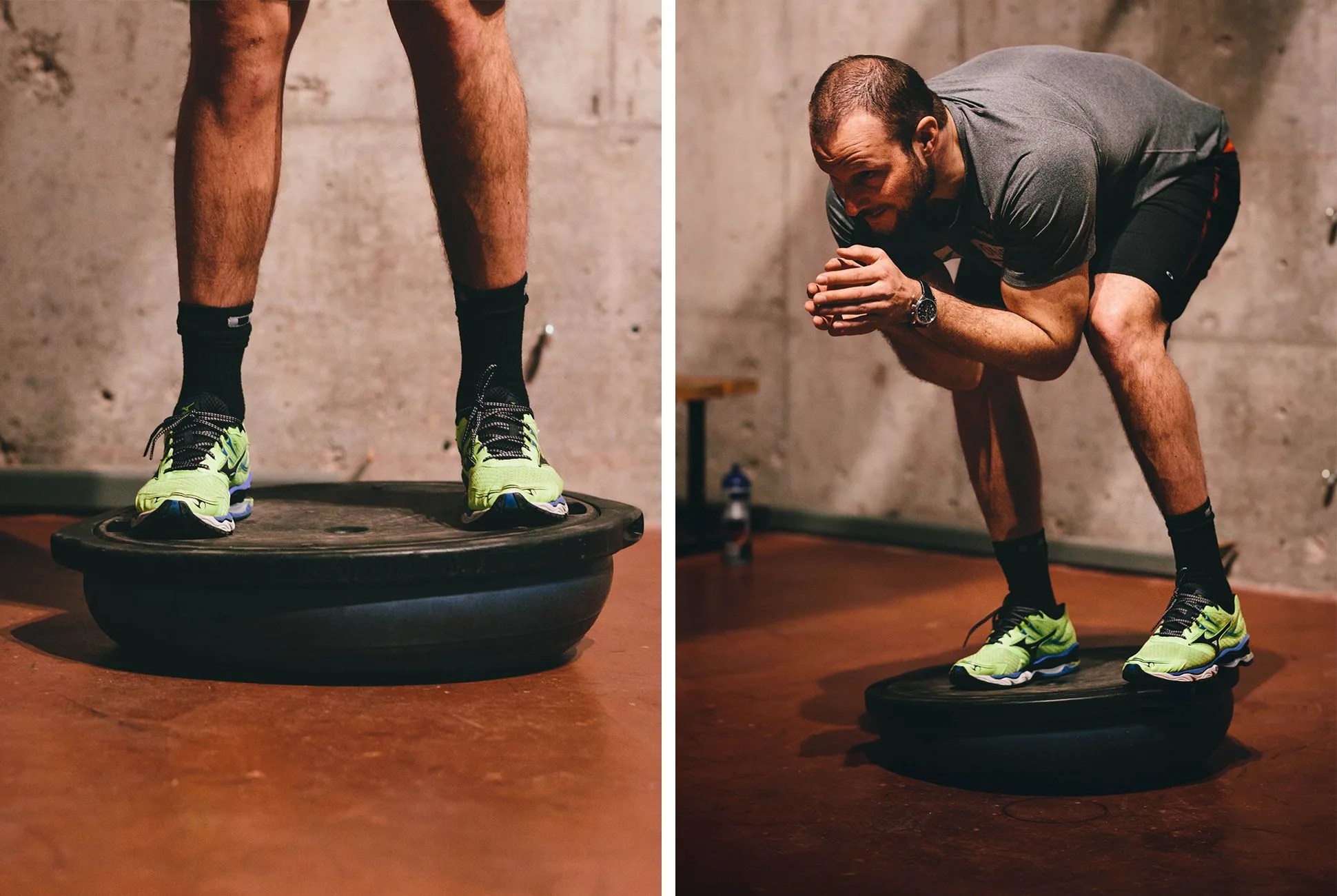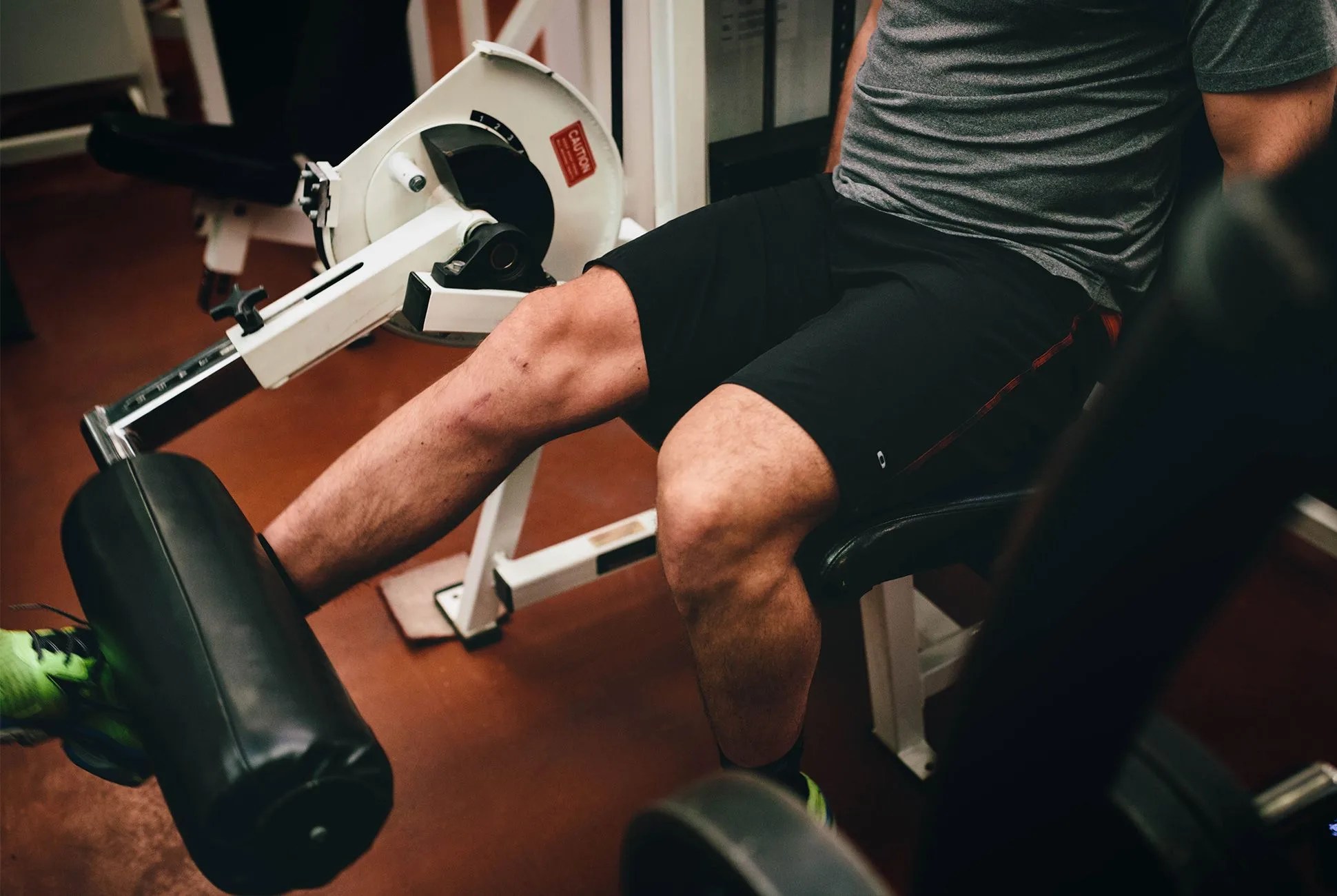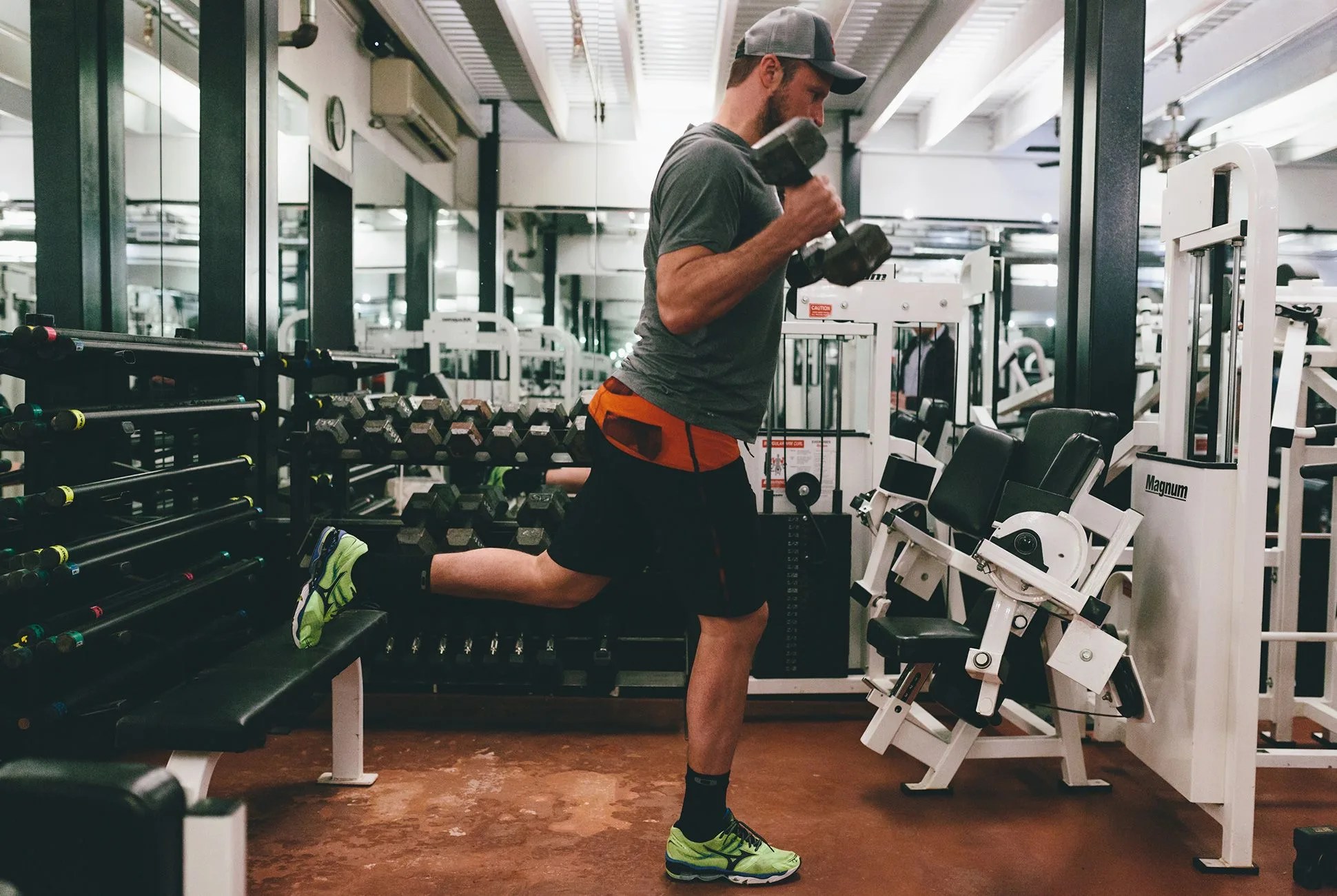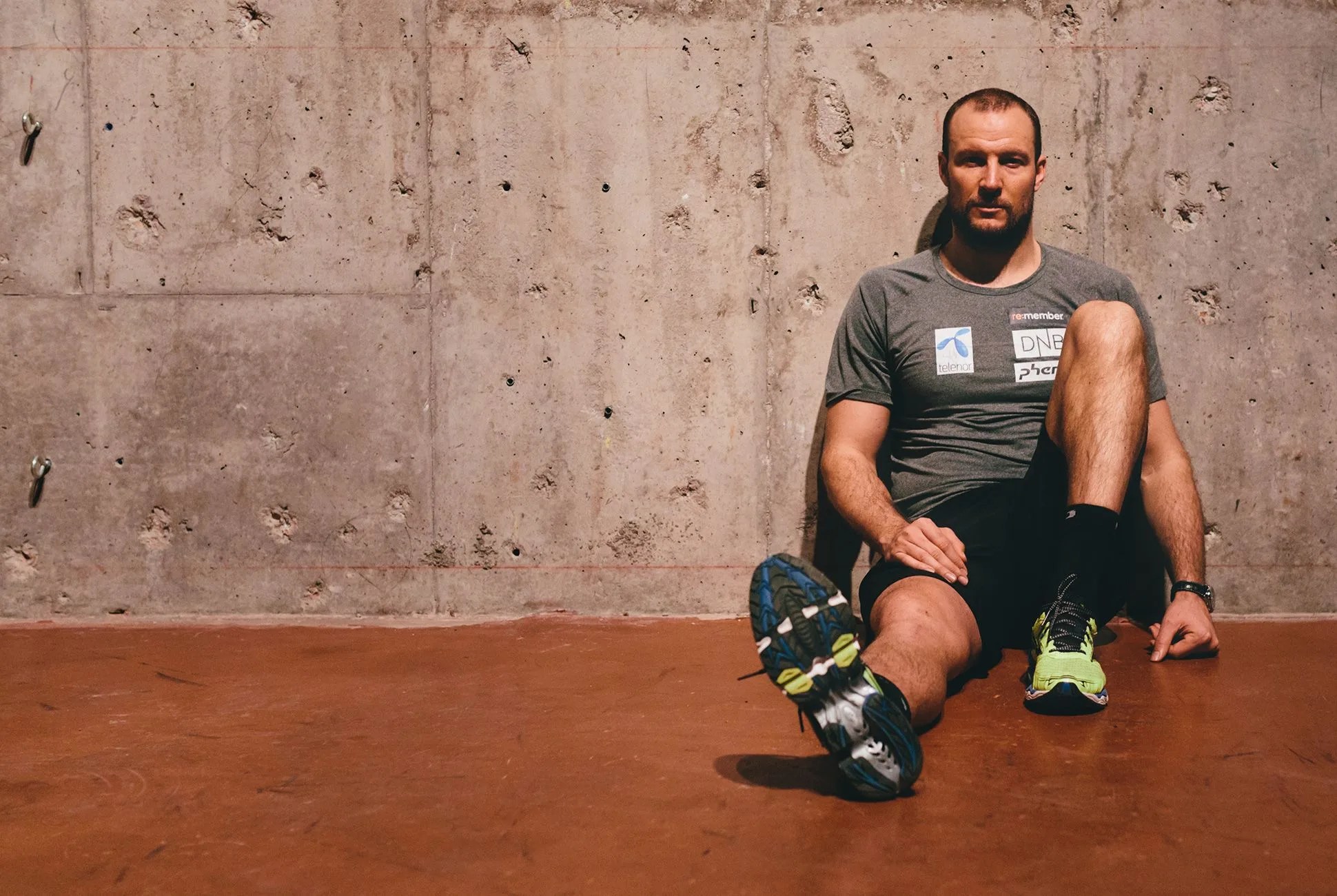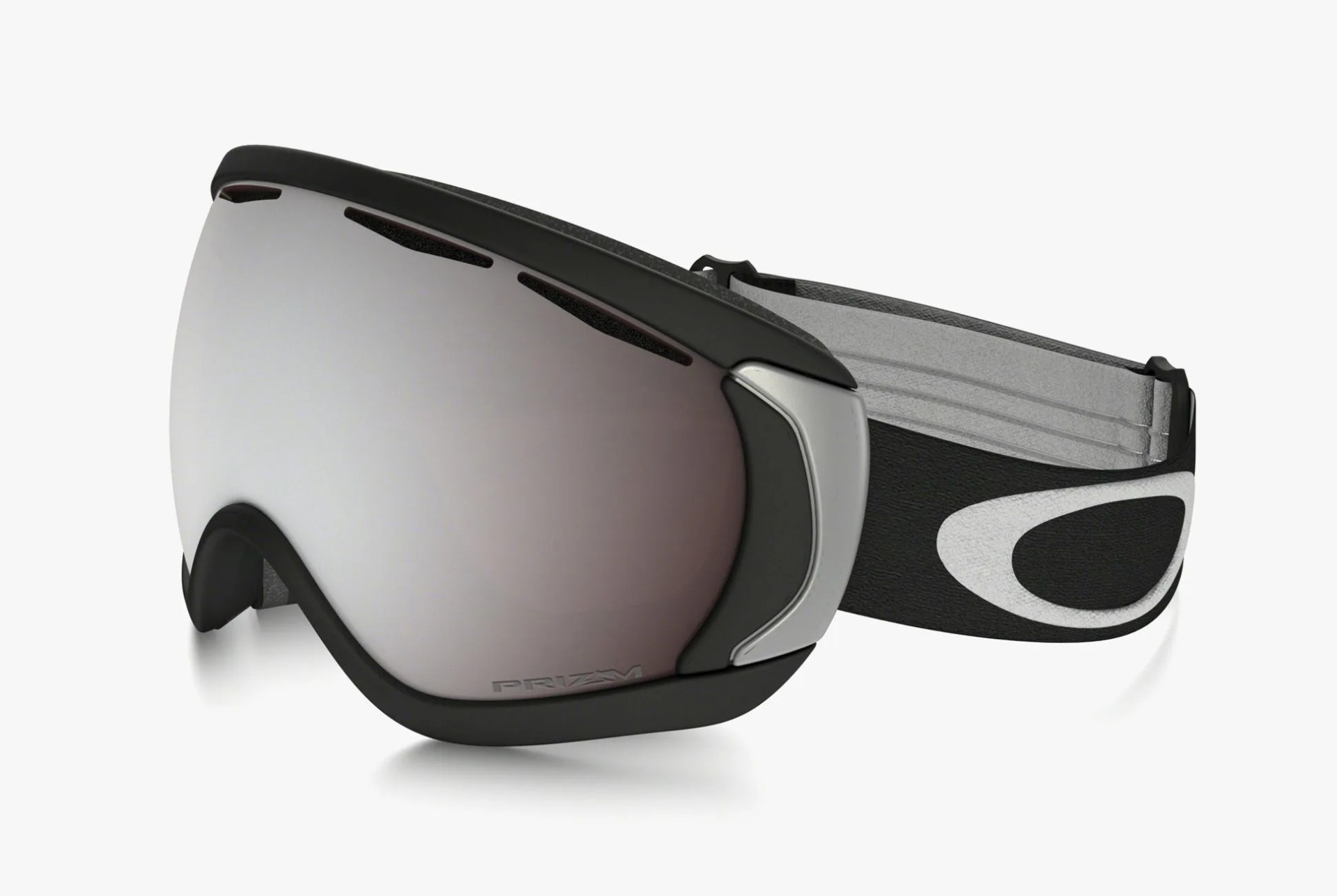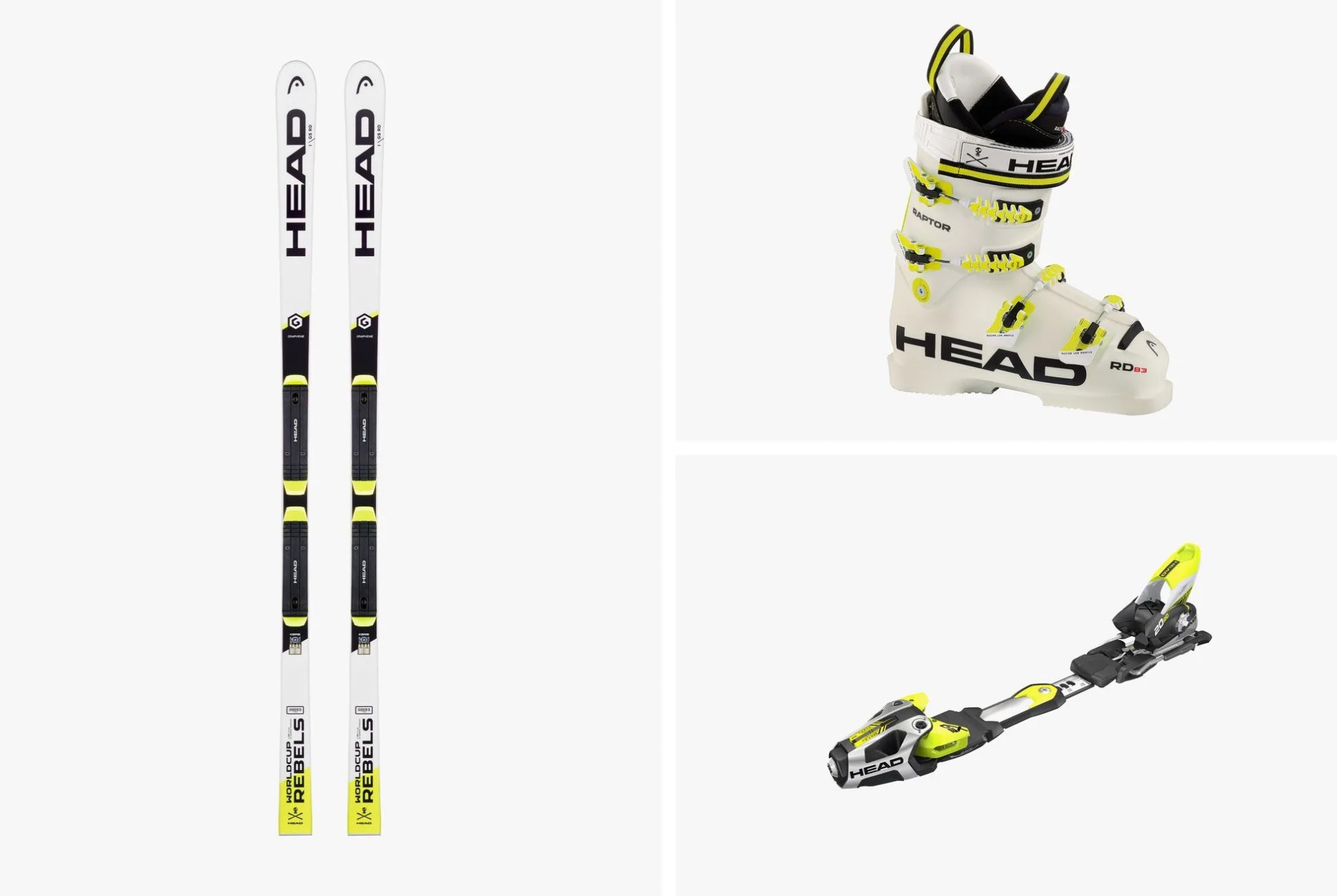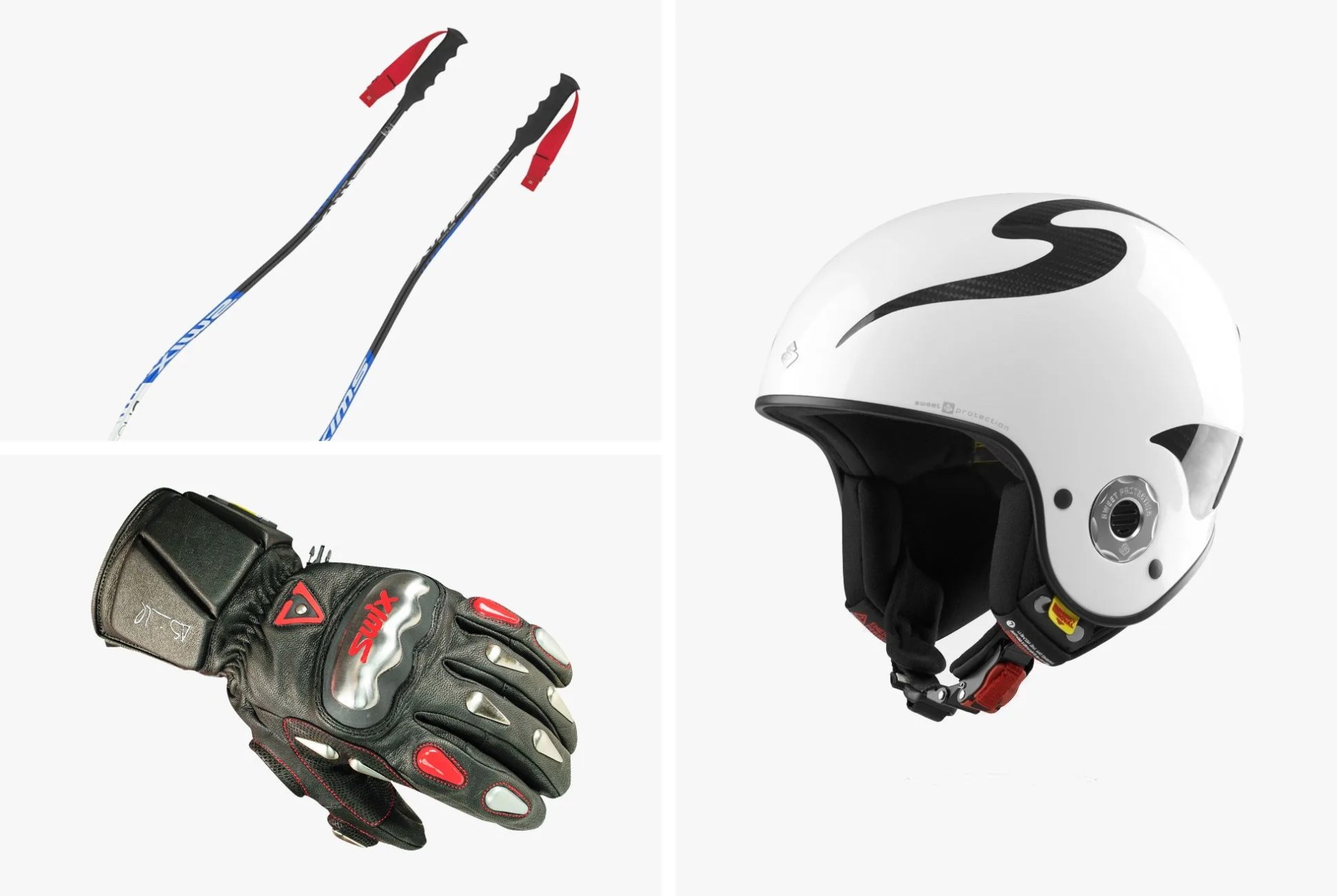
“That feeling when you’re in the starting gate,” Aksel Lund Svindal says. “It’s minus five degrees Celsius, a perfect crisp day. The sun is right there. There’s no wind. The conditions are perfect. To be at the starting gate. To know that the pressure is all on you. If you do this well, if you have the guts to follow through on the plan you created, you can win this. You know you’re one of the best guys in the world, so it’s yours to take. Don’t do anything stupid. But you really have to go fast.”
It is a perfect March day in Aspen, Colorado, though the weather is an unseasonably warm 64 degrees Fahrenheit, 20 degrees above the historical average. The sky is clear and deeply blue. It’s day one of the World Cup Finals, the culminating event in professional skiing, and the most exciting because the downhill event runs today, the first time the World Cup has been raced here on the America’s Downhill course at Aspen Mountain in 22 years.
But Svindal can only talk about being in the gate and its attending nervousness, excitement and focus. Because instead of racing in the finals, the six-foot-three, 227-pound, 34-year-old Norwegian, one of the greatest living ski racers of all time with 32 World Cup wins over the course of 14 seasons — including two overall titles, eight World Championship medals, and three Olympic medals, including gold — is in a cut-off t-shirt and shorts, sitting on the concrete floor in the basement of the Jean Robert’s gym a few blocks from Aspen mountain. He’s mounting what will be his final comeback in the sport.
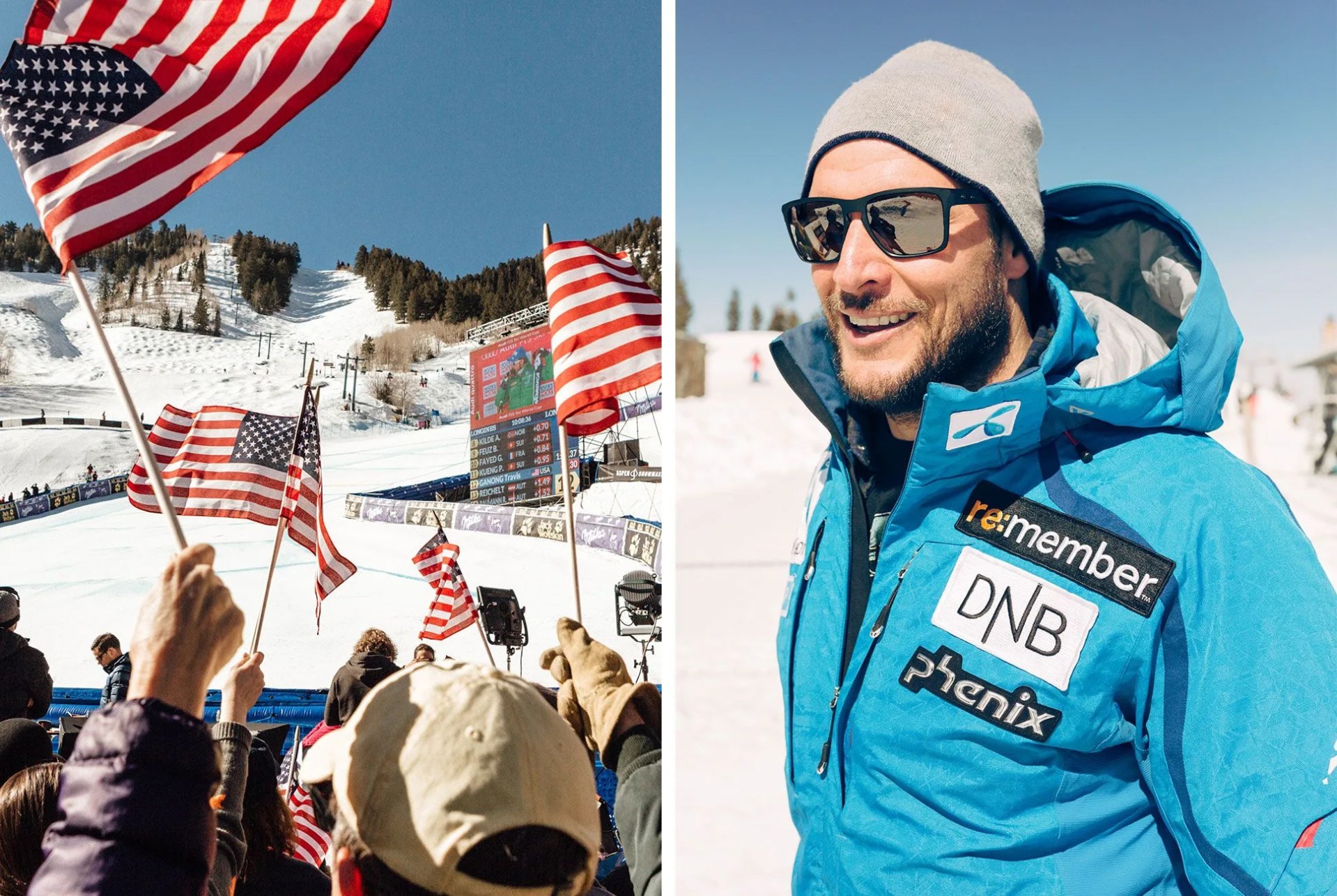
In the basement, Svindal sits with his with his right leg extended over a foam roller, extending it and relaxing it in sets of 100 between other workouts to strengthen the leg and make sure he doesn’t lose the ability to extend it fully, which would cost him his skiing form. Svindal is focused on the exercise and obsessed with his body. It’s his means of conveyance down icy slopes at very fast speeds. There is no room for physical weakness in a sport with such narrow margins of victory: in downhill racing, a second is often the difference between first place and dead last. The consequences of a split-second mistake can end a career. Svindal knows this, because he has damaged and rebuilt his body many times in the pursuit of greatness in his sport.
Svindal has worked with Oakley to overcome one of the biggest challenges in the sport: variable light conditions and glare that make it nearly impossible to see snow contours, bumps and textures during a race.

